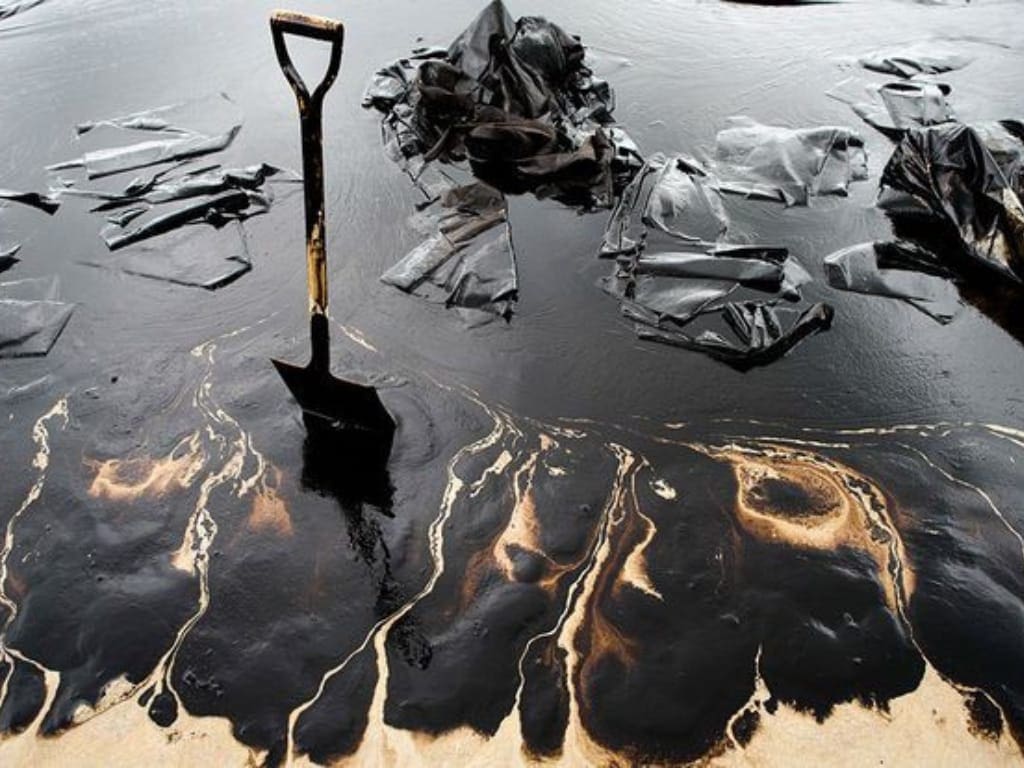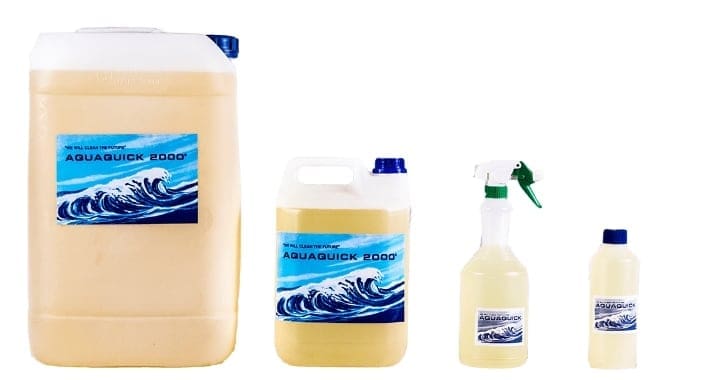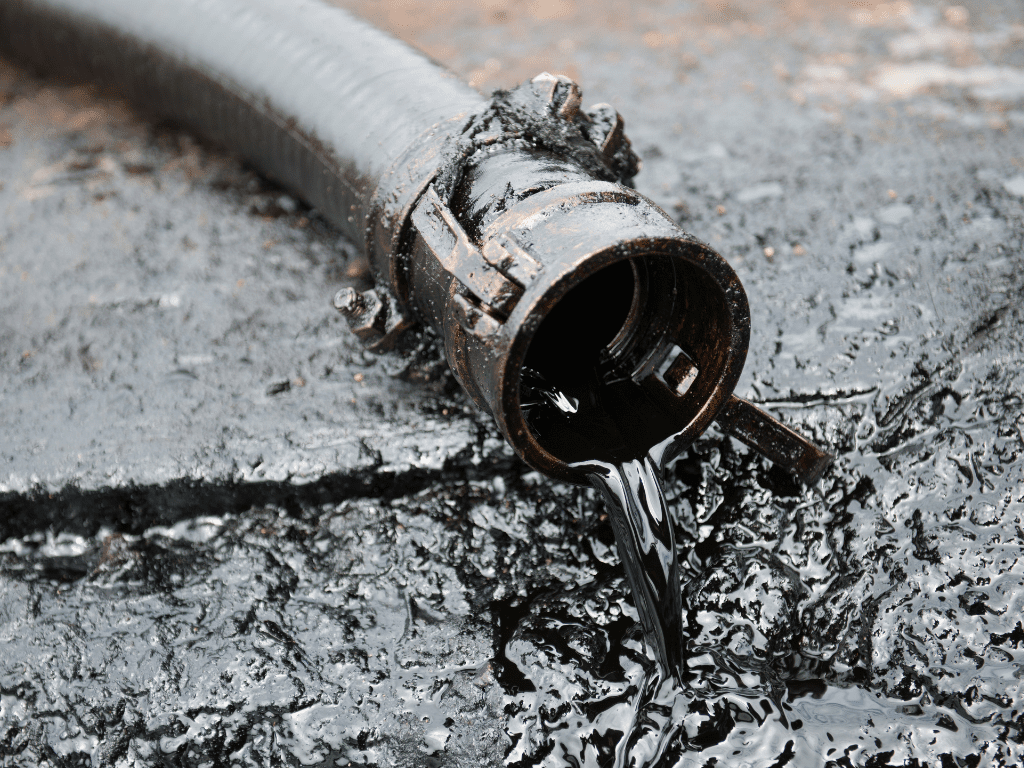I. Introduction
Welcome to our comprehensive guide on managing and mitigating the damage caused by oil spills. In this article, we’ll delve into effective strategies and solutions to address the environmental, economic, and social impacts of oil spills. If you’re here, you must be wondering how to manage the damage from oil spills? One innovative solution we’ll focus on is AquaQuick, a cutting-edge product designed to enhance oil spill management efforts. Let’s begin!
II. Understanding Oil Spills
Oil spills can occur due to various factors, including accidents, operational failures, and natural disasters. Understanding the causes and types of oil spills is crucial for effective management and response efforts.
A. Causes of Oil Spills
- Accidental spills from oil tankers: Mishaps during transportation can lead to large-scale oil spills, posing significant environmental threats.
- Blowouts during oil drilling: Technical failures during drilling operations, such as blowouts, can result in the uncontrolled release of oil into the environment.
- Pipeline ruptures: Aging infrastructure and inadequate maintenance can lead to pipeline ruptures, causing oil spills in terrestrial and aquatic ecosystems.
- Operational discharges from ships: Improper disposal of oily wastewater and fuel leakage from ships contribute to chronic pollution and localized oil spills.
B. Types of Oil Spills
- Surface spills: Oil released onto the surface of water bodies, such as oceans, rivers, and lakes, creating visible slicks that spread rapidly.
- Subsurface spills: Oil released beneath the water surface due to underwater accidents or leaks, posing challenges for detection and containment.
- Marine spills: Oil spills occurring in marine environments, affecting coastal areas, marine life, and ecosystems.
- Inland spills: Oil spills on land or freshwater bodies, impacting soil quality, vegetation, and groundwater resources.

III. Environmental and Socio-economic Impacts
Oil spills have devastating consequences on the environment, economy, and society, making effective management crucial to mitigate damage and restore affected areas.
A. Environmental Impacts
Oil spills pose significant threats to ecosystems, marine life, and natural habitats, leading to:
- Contamination of water bodies: Oil slicks can contaminate surface water and seep into sediments, affecting aquatic organisms and compromising water quality.
- Harm to marine life: Oil exposure can be fatal to marine species, causing suffocation, poisoning, and reproductive issues, leading to population declines.
- Damage to coastal habitats: Oil coats beaches, marshes, and mangroves, disrupting ecosystems and harming plants, animals, and nesting grounds.
- Long-term ecological damage: Oil residues persist in the environment for years, impacting food chains, biodiversity, and ecosystem resilience.
B. Socio-economic Impacts
Oil spills have far-reaching consequences on communities, economies, and public health, resulting in:
- Loss of livelihoods: Fishing and tourism industries suffer significant losses due to contamination of seafood, beaches, and recreational areas.
- Economic downturn: Oil spill cleanup and recovery efforts incur high costs, straining local economies and government budgets.
- Health risks: Exposure to oil fumes, chemicals, and contaminated water poses health risks to residents and cleanup workers, leading to respiratory issues, skin ailments, and psychological stress.
- Damage to cultural heritage: Oil spills can damage cultural sites, traditional livelihoods, and indigenous communities, eroding cultural identity and heritage.
Effective oil spill management strategies are essential to minimize environmental degradation and socio-economic losses. In the next section, we’ll explore innovative solutions, including AquaQuick, to address the challenges of oil spill cleanup and mitigation.
IV. Oil Spill Management Techniques
To effectively manage and mitigate the damage caused by oil spills, a combination of prevention, containment, and cleanup measures is essential. Let’s explore some key strategies for oil spill management:
A. Prevention Strategies
- Enhanced safety regulations: Implementing stringent safety standards and protocols for oil industry operations, transportation, and storage facilities can reduce the risk of oil spills.
- Use of advanced technologies: Employing state-of-the-art monitoring systems, leak detection technologies, and automatic shut-off valves can help prevent and promptly respond to potential spill incidents.
- Compliance with environmental standards: Ensuring compliance with environmental regulations and best practices can minimize the likelihood of oil spills and mitigate their impacts on ecosystems and communities.
B. Containment and Recovery Methods
- Booms and barriers: Deploying floating booms and barriers around spill sites can help contain and control the spread of oil, preventing further contamination of water bodies and shorelines.
- Skimmers and vacuum systems: Utilizing skimming devices and vacuum systems can remove oil from the water surface, facilitating its recovery and reducing environmental damage.
- Sorbents and dispersants: Using absorbent materials and dispersants can help break down oil slicks, enhance cleanup efficiency, and minimize the persistence of oil in the environment.
C. Shoreline Protection and Cleanup
- Mechanical cleanup methods: Employing mechanical equipment, such as shovels, vacuums, and pressure washers, can remove oil from beaches, rocks, and vegetation, restoring affected shorelines.
- Biological remediation techniques: Harnessing natural processes, such as bioremediation and microbial degradation, can accelerate the breakdown of oil contaminants in soil and water, promoting ecosystem recovery.
- Monitoring and assessment: Conducting thorough monitoring and assessment of oil spill impacts on coastal ecosystems and wildlife is essential for informed decision-making and targeted cleanup efforts.
V. Introducing AquaQuick as an Innovative Solution
AquaQuick is a revolutionary product designed to enhance oil spill management efforts by rapidly encapsulating and removing oil contaminants from water surfaces. Its advanced formula effectively binds with oil molecules, forming buoyant gel-like aggregates that can be easily skimmed off, minimizing environmental damage and simplifying cleanup operations. AquaQuick’s versatility and efficiency make it a valuable tool in mitigating the damage from oil spills and safeguarding marine ecosystems and coastal communities.
A. Application of AquaQuick
- Rapid oil encapsulation: AquaQuick quickly encapsulates oil upon contact, transforming it into a manageable gel-like substance that can be easily removed from the water surface.
- Buoyant properties: AquaQuick’s buoyant nature allows it to remain on the water surface, facilitating efficient removal and preventing the oil from sinking or spreading further.
- Compatibility with existing equipment: AquaQuick can be used with traditional skimmers, vacuums, and containment booms, enhancing their effectiveness in oil spill cleanup operations.
B. Benefits of AquaQuick
- Environmental sustainability: AquaQuick’s non-toxic and biodegradable formula minimizes environmental harm and reduces the ecological footprint of oil spill cleanup activities.
- Cost-effectiveness: By expediting oil removal and simplifying cleanup operations, AquaQuick helps reduce cleanup costs and minimize long-term economic losses associated with oil spill incidents.
- Versatility: AquaQuick is suitable for various oil spill scenarios, including marine spills, inland spills, and industrial accidents, making it a versatile solution for oil spill management.

VI. Government Regulations and International Cooperation
Effective oil spill management requires robust regulatory frameworks and international collaboration to ensure timely response and coordination across jurisdictions. Let’s explore the key aspects of government regulations and international cooperation in oil spill management:
A. Overview of Regulatory Frameworks
- National laws and regulations: Many countries have established laws and regulations governing oil spill prevention, response, and liability, outlining the responsibilities of industry stakeholders and government agencies.
- International conventions and agreements: International organizations, such as the International Maritime Organization (IMO) and the United Nations Environment Programme (UNEP), have developed conventions and protocols, such as the International Convention on Oil Pollution Preparedness, Response and Co-operation (OPRC), to promote global cooperation in oil spill prevention and response.
B. Role of Government Agencies
- Environmental protection agencies: National and regional environmental agencies play a crucial role in overseeing oil spill preparedness and response activities, conducting risk assessments, and enforcing environmental regulations.
- Coast Guard and maritime authorities: Coast Guard agencies and maritime authorities are responsible for enforcing maritime safety and pollution prevention regulations, conducting surveillance, and coordinating emergency response efforts during oil spill incidents.
C. Collaborative Efforts Among Nations
- Information sharing and coordination: Establishing mechanisms for sharing real-time information, data, and resources among affected countries and international organizations facilitates coordinated response and resource allocation during oil spill emergencies.
- Joint response exercises and training programs: Conducting joint exercises, simulations, and capacity-building initiatives enhances the preparedness and interoperability of response teams, fostering effective collaboration and response coordination.
Government regulations and international cooperation are essential pillars of oil spill management, ensuring a coordinated and effective response to mitigate environmental damage and protect coastal communities.
VIII. Case Studies of Major Oil Spills
Examining past oil spill incidents provides valuable insights into the challenges, impacts, and response strategies associated with such disasters. Let’s explore some notable case studies of major oil spills:
A. Exxon Valdez Oil Spill (1989)
The Exxon Valdez oil spill, one of the largest oil spills in US history, occurred when the Exxon Valdez oil tanker ran aground in Prince William Sound, Alaska. The spill released approximately 11 million gallons of crude oil into the pristine waters, causing extensive environmental damage to marine ecosystems, coastal habitats, and wildlife. Cleanup efforts involved the deployment of booms, skimmers, and dispersants, but the harsh environmental conditions and remote location hindered the effectiveness of response operations. The incident highlighted the need for improved tanker safety measures, spill response preparedness, and regulatory oversight.
B. Deepwater Horizon Oil Spill (2010)
The Deepwater Horizon oil spill, also known as the BP oil spill, was one of the largest environmental disasters in history. It occurred when the Deepwater Horizon offshore drilling rig exploded in the Gulf of Mexico, releasing millions of barrels of oil over a period of 87 days. The spill had devastating impacts on marine life, coastal communities, and the Gulf Coast economy, with long-term consequences for ecosystems and livelihoods. Cleanup efforts involved the use of dispersants, controlled burns, and mechanical skimming, but the scale and complexity of the spill posed significant challenges to containment and recovery operations. The incident underscored the importance of stringent safety regulations, emergency response preparedness, and corporate responsibility in offshore drilling operations.
C. Examples of Successful Oil Spill Management
Despite the challenges posed by oil spills, there have been instances of successful response and recovery efforts. For example, the North Sea Bravo blowout in 1977 demonstrated the effectiveness of well control techniques and rapid response measures in containing and mitigating offshore oil well blowouts. Similarly, the Kuwaiti oil fires following the Gulf War in 1991 were successfully extinguished through coordinated international efforts, highlighting the importance of collaboration and innovation in addressing large-scale environmental disasters.

X. Future Directions in Oil Spill Management
As we face the challenges posed by oil spills, ongoing research, technological innovations, and policy developments offer promising avenues for enhancing oil spill management strategies. Let’s explore some key trends and future directions in this field:
A. Advancements in Spill Response Technology
- Remote sensing and monitoring systems: Utilizing satellite imagery, aerial drones, and underwater sensors enables real-time monitoring of oil spills, enhancing early detection and response capabilities.
- Robotics and autonomous vehicles: Deploying robotic systems, such as unmanned surface vessels (USVs) and autonomous underwater vehicles (AUVs), allows for efficient oil spill mapping, surveillance, and cleanup operations in hazardous or inaccessible environments.
B. Research Priorities for Mitigating Oil Spill Impacts
- Bioremediation and oil-eating microbes: Research into natural biodegradation processes and the development of bioaugmentation techniques can enhance the effectiveness of microbial remediation strategies in breaking down oil contaminants.
- Novel materials for containment and cleanup: Exploring innovative materials, such as nanomaterial-based sorbents and biodegradable polymers, offers potential solutions for more effective and eco-friendly oil spill cleanup methods.
C. Integration of Climate Change Considerations
- Vulnerability assessments for oil infrastructure: Assessing the vulnerability of oil facilities, pipelines, and coastal infrastructure to climate-related hazards, such as sea-level rise and extreme weather events, informs adaptive measures and risk management strategies.
- Resilience planning for coastal communities: Developing resilience plans and adaptation strategies helps coastal communities mitigate the impacts of oil spills and climate change, ensuring sustainable development and ecosystem protection.
XI. Conclusion
In conclusion, effective oil spill management is essential for minimizing environmental damage, protecting marine ecosystems, and safeguarding human health and livelihoods. By implementing comprehensive strategies, leveraging innovative technologies, and fostering international cooperation, we can enhance our preparedness and response capabilities to mitigate the damage from oil spills. AquaQuick, with its advanced formulation and rapid action, represents a promising solution for oil spill cleanup and mitigation efforts, contributing to a more sustainable and resilient future.














